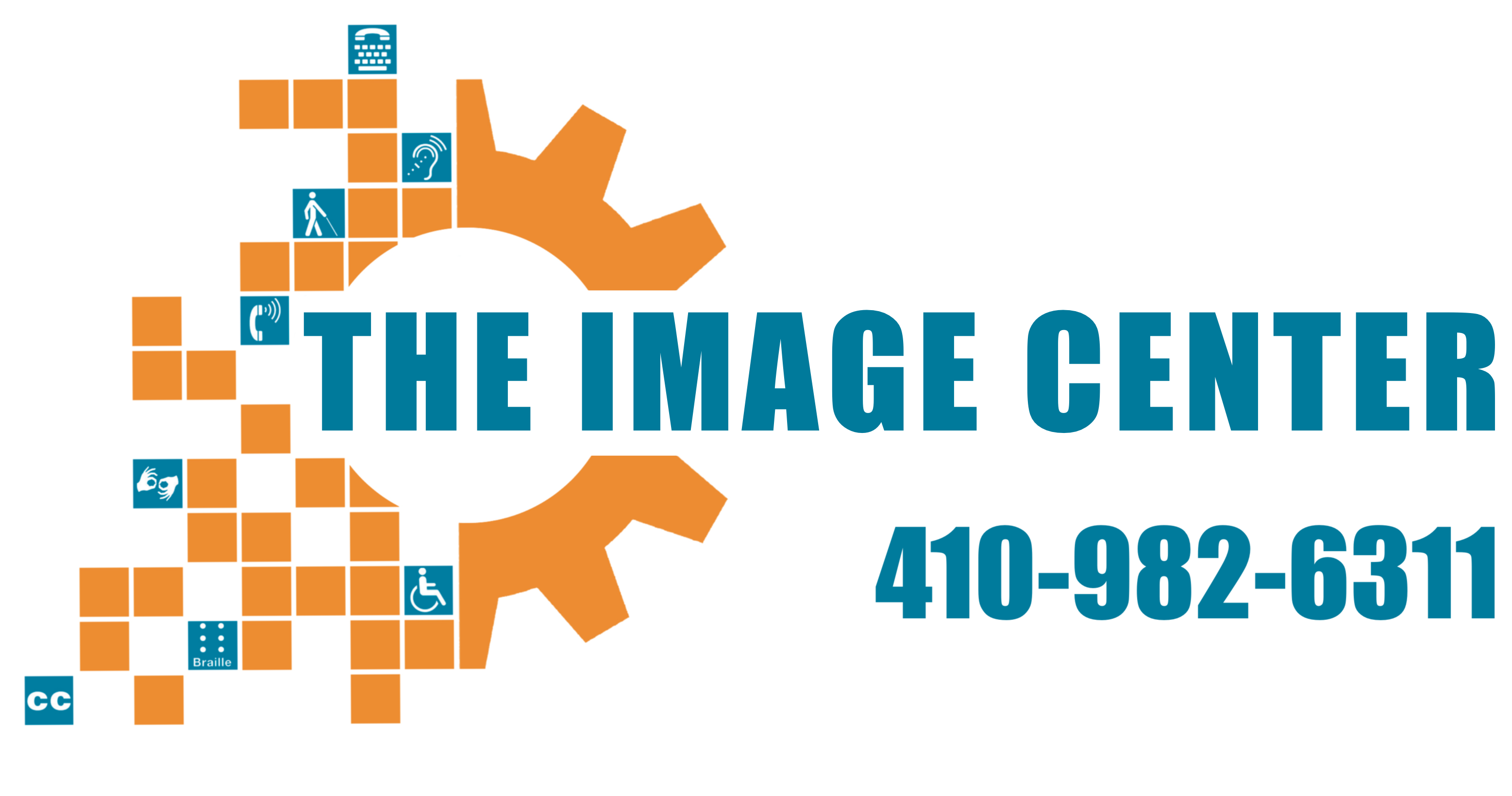National Week November November is well-known for an important American holiday: Thanksgiving. Join us as we celebrate some activities associated with “National Weeks” during Turkey month. This week, we dive into some of the many education-related entries in the Bridges Resource Library to help celebrate American Education Week! Accessible assistive technology – a game-changer! All […]
Category: Accessible Assistive Technology Resources
Omnipotent October Omnipotent is one of our favorite “O” words, and it helps us to celebrate the month of October with alliteration. Omnipotent means “all-powerful,” and we recognize that none of us can (or even want to be) all-powerful. Nevertheless, we all could use a bit more power at times. October brings us many blindness-related […]
September Solutions School has begun throughout the state of Maryland, and we at the Bridges Technical Assistance Center and Helpdesk explore solutions to help prepare for two environments we cannot control: Medical care and Microsoft’s new operating system, Windows 11. This week, our special guest contributor Curtis Chong. Curtis helps us dive into Windows 11 […]
September Solutions School has begun throughout the state of Maryland, and we at the Bridges Technical Assistance Center and Helpdesk explore solutions to help prepare for two environments we cannot control: Medical care and Microsoft’s new operating system, Windows 11. This week, we celebrate National IT Professionals Day with our special guest contributor, Curtis Chong. […]
September Solutions School has begun throughout the state of Maryland, and we at the Bridges Technical Assistance Center and Helpdesk explore solutions to help prepare for two environments we cannot control: Medical care and Microsoft’s new operating system, Windows 11. This week, we focus on using accessibility tools to check into medical appointments. The Paper […]
